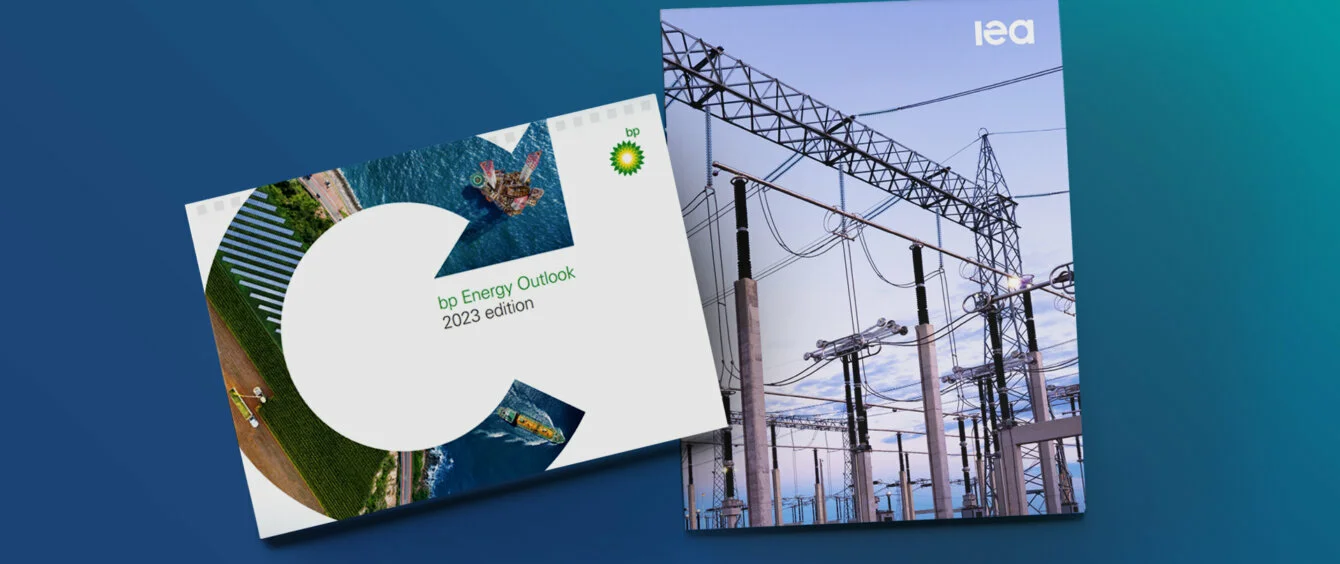For many, 2022 brought the challenges associated with ensuring security of supply into sharp focus. Two events were pivotal in this regard: the war in Ukraine and the continued frequency of droughts and heat waves, hurricanes and floods.
War in Ukraine and extreme weather hark back to ‘energy trilemma’ days
Spencer Dale, chief economist of British oil company BP, draws various conclusions from this. In the foreword of BP’s recent Energy Outlook 2023 he writes: “The continuing rise in carbon emissions and the increasing frequency of extreme weather events in recent years highlight more clearly than ever the importance of a decisive shift towards a net-zero future.”
However, sustainability considerations aside, the war in Ukraine also brought the “energy trilemma’s” other two goals into sharp focus and “have served as a reminder to us all that this transition also needs to take account of the security and affordability of energy.”
Renewables can improve security of supply
Reduced gas supplies from Russia and international sanction regimes unleashed a supply shock on global energy markets, triggering price hikes that continue to weigh heavily on global economic development. TTF prices, the European benchmark for gas, soared by more than 200 percent at their 2022 peak. Many European countries faced tangible natural gas shortages, which were ultimately contained due to a combination of procurement alternatives and a mild winter.
BP’s annual Energy Outlook is not a forecast. It offers three if-then scenarios for the period between now and 2050 based on assumptions that are adjusted annually. The current edition considers geopolitical developments in Eastern Europe in particular, but also takes the USA’s Inflation Reduction Act (IRA) renewables support programme into account.
Nevertheless: BP assumes that the fallout from the war in Ukraine will have long-term global consequences: “We assume that the increased focus on energy security triggered by concerns about energy shortages and vulnerability to geopolitical is causing countries and regions to strive to reduce their dependency on imported energy and instead consume more domestically produced energy.“
End of lockdown in China drives electricity demand
While BP’s Energy Outlook considers the entire energy supply chain up to 2050, the International Energy Agency’s (IEA) Electricity Market Report 2023 only looks at electricity supply developments over the next three years. The 2022 Interim Report had already analysed the energy crisis triggered by the war in Ukraine in detail. Now, the report focusses on the interplay between weather and electricity supply and the easing of coronavirus restrictions in China.
Last year, demand for electricity grew at a slightly slower rate of two per cent then the year before. Now, IEA analysts expect a consumption boost of three percent annually from 2023 to 2025. Although more than 70 percent of this increase will come from China, India and Southeast Asia, they expect demand in Europe to remain largely unchanged.
The interim report summarises and analyses current market events and policy frameworks for global supply and electricity usage. Based on this information, the authors then forecast developments for next three years. In the current edition, they focus on the rapid rise in electricity demand in Asia, now that China’s strict coronavirus policy has eased, and look into the increasing correlation between weather patterns and energy supply.
Global electricity demand can rise without additional emissions
If demand remains unchanged, the European energy sector will be able to reduce its greenhouse gas emissions by about ten percent annually until 2025. On a global scale, however, the IEA authors do not expect to see emissions drop. On a more positive note, they expect any additional demand to be fully met by renewable energy sources.
The IEA believes that the past year has also highlighted how weather extremes not only influence energy demand, but also have an impact on electricity generation. While heat waves in the USA and China caused electricity consumption to soar over the summer, the mild winter in Europe resulted in unusually low demand. At the same time, limited rainfall in Europe and China curtailed production capacity at hydropower plants.
Although the two reports focus on different elements – the key takeaway is that the IEA comes to a similar conclusion as BP: “In such a world, increasing the flexibility of electricity systems while ensuring security of supply and resilience of electricity grids will be critical.”
